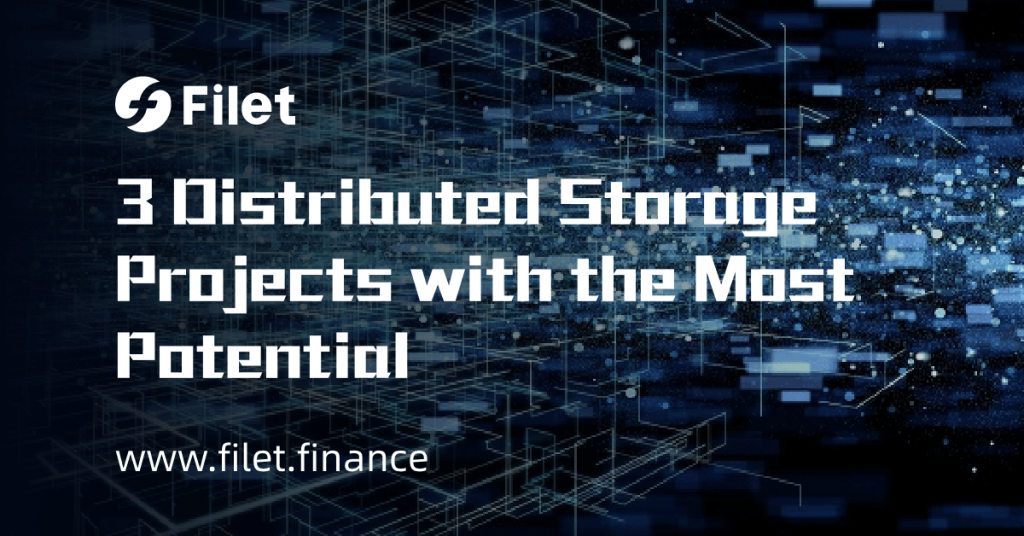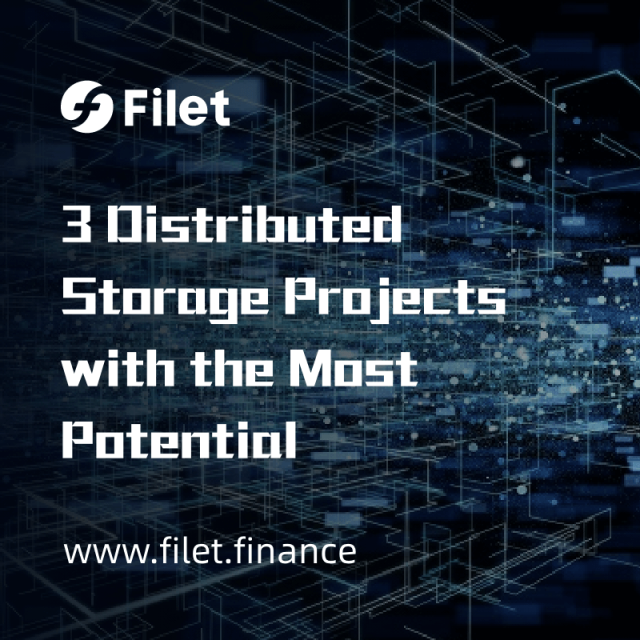
The continuous development of the Internet has brought about a constant and steady increase in the number of users and the amount of Internet data, and the advancement of 5G communication infrastructure, Web3.0, and the Metaverse will lead to an explosive growth of data. It is estimated that by 2025, 463 exabytes of data will be generated globally every day, that’s the amount of data stored on more than 210,000,000 DVDs.
In 2017, the global memory market exceeded $80 billion, with a growth rate of 10%. The market value of global cloud storage has grown from $30.7 billion in 2017 to $88.91 billion in 2020, with an average annual growth rate of more than 20%, and the storage market is getting bigger and bigger. In front of the rapid growth of data, the disadvantages of traditional centralized storage are gradually exposed, and news such as data leakage, data loss, and hacker attacks are heard endlessly.
The deficiencies of centralized storage in terms of repair capability, server stability, data privacy, and security provide great opportunities for distributed storage. Now, let’s take a look at the 3 most promising distributed storage projects on the market.
Filecoin
Filecoin is the economic layer on top of IPFS to incentivize nodes to host IPFS data. IPFS is an open-source decentralized network protocol designed to complement the traditional centralized HTTP with a decentralized addressing method. At present, Filecoin has reached 16 EiB bytes, and there are 3892 nodes worldwide. At the same time, more than 6,500 customers have stored more than 6.5 million NFTs in NFT STORAGE.
Storj
Storj is a cloud storage platform that aims to be censorship-free, monitoring-free, and without downtime. The Storj platform allows users to store data in a secure and decentralized way through encryption and a series of decentralized applications. It will be cheaper, faster, and more secure than traditional cloud storage services.
Siacoin
Sia is a decentralized cloud storage platform using blockchain technology. Compared with traditional cloud storage methods, the decentralized Sia system can make cloud storage safer, faster, and cheaper. Sia not only has traditional cloud storage functions but also solves the security and privacy issues in traditional cloud storage. It is similar to other decentralized storage platforms, such as Filecoin, but uses a different approach to manage storage contracts and secure the network. It uses a “smart contract” system to manage storage contracts. This allows users to specify the terms of their storage agreements, including the amount of storage space being rented, the duration of the contract, and the amount of Siacoin being paid as rent.
Differences between the three projects
First, Filecoin, Storj, and Siacoin all have a storage market where users and miners can buy and sell storage space. Both Filecoin and Sia support setting storage rules and smart contracts on the blockchain, while Storj does not. Storj is more like a centralized storage company that manages a decentralized storage network and settles monthly based on the market price and the current Storj price.
The most popular one in the market is Filecoin, it has fast speed, high security, and low cost. These three advantages are also the shortcomings of traditional centralized storage, which also increases the inevitability for Filecoin to take the market of traditional centralized storage, and FIL is the only token of Filecoin, and it will also be a huge opportunity for distributed storage.
Contact Filet
Webiste: www.filet.finance
Telegram: https://t.me/filet_finance
Twitter: https://twitter.com/Filet_finance
Blog: https://www.filet.finance/blog_en/
Medium: https://filet.medium.com/
Email: contact@filet.finance
